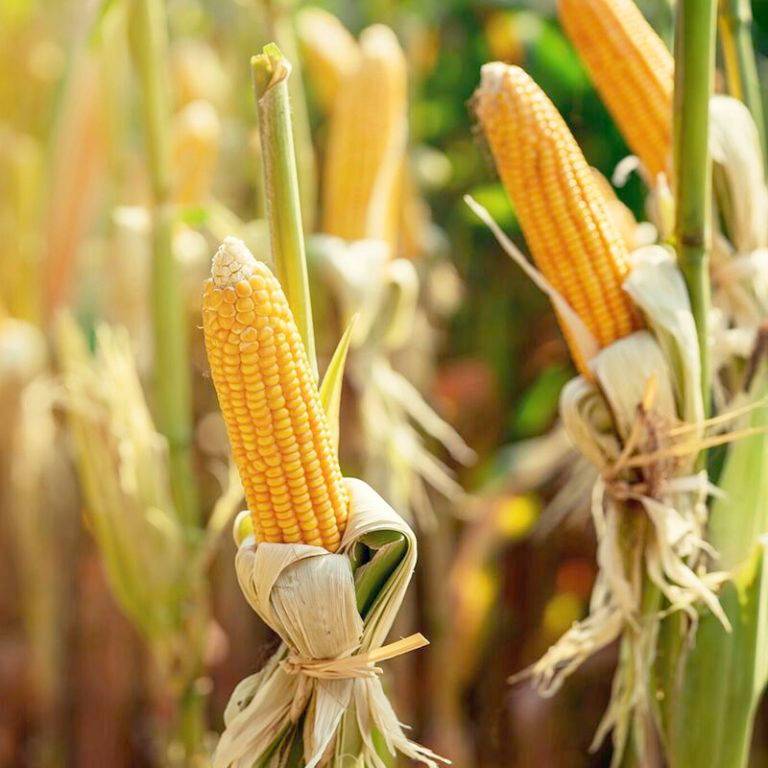
Corn is one of the most important food, and that too especially for Americans. In America, corn soup is considered as one of the most common any tasty soup. People are addicted to corn, and corn is addicted to nitrogen.
Nitrogen fixation practices in the soil are performed for a long time, whether its crop rotation or using nitrogen fertilizers, these practices are so common. And by using these practices we are also increasing the yield.
Corn is one of those crops which need extra nitrogen. In the 1980s, the now-chief of agriculture of Mars, Ins. Howard-Yana Shapiro went to Mexico, corn capital of the world, looking for new varieties of corn. And he found one in southern Mexico, in the Mixes District of Oaxaca. That was taller than American Corn by several feet, and grew in terrible soil.
Nitrogen Fixation
According to Shapiro, reason of corn’s successful growth even in terrible soil was something related to aerial, finger-like roots protruding from the cornstalk. And years later, results came and proved that he was right. Researchers at UC Davis have proven that those aerial roots allow the plant to grab nitrogen from the air, through a symbiotic relationship with bacteria in that clear, syrupy mucus. And the process is called as Nitrogen Fixation.
Now, the question comes that if already have nitrogen fertilizer, why we look for the plants that do it themselves? Ammonia based fertilizers acts as a hazard for environment, and the process of creating ammonia for fertilizer involves fossil fuels and uses lot of energy. Overall, this process harms environment to a great extent.
But then the question comes, what to do…?
UC Davis researchers use DNA sequencing to determine that the mucus on the Sierra Mixe variety of the plant provides microbes to the corn, that provide it sugars to eat and protection layer that protects from oxygen. Researchers believe that plants can fulfil 30-80% of their nitrogen needs in this way. Now researchers are working to identify the genes that produce the aerial roots. And they have already transplanted Sierra Mixe corn to both Davis, California and Madison, Wisconsin, and have it grow successfully, which proves that nitrogen fixing trick is not only limited to the corn’s home turf.
First Step of the Long Journey
Researchers are working to figure out how to make other plants do their own nitrogen fixation. Switching over to Sierra Mixe corn probably won’t be the good option, as it takes eight months to mature, and that’s too slow for American appetites used to a three-month maturation period.
The issue of intellectual property rights could be a problem, but the researchers started on the right foot with the Mexican government by putting legal agreements in place that ensure the Sierra Mixe community benefits from research and possible commercialization.
The wait is to see what they are able to do, if they are unable to transplant the power of self- fixation to other plants, then still there is hope for improving the Haber-Bosch process.











